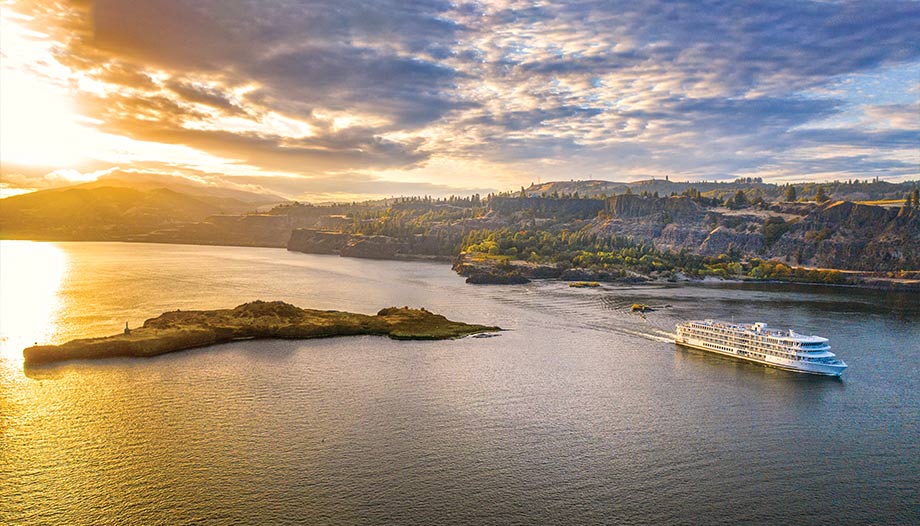
Emissions Control
American Cruise Lines has made a major commitment to emissions reductions by utilizing modern, electronically controlled engines and generators that deliver performance and efficiency. Ships meet or exceed EPA Tier 3 or EPA Tier 4 and Tier 4 Final emissions requirements, depending on vessel parameters. This includes main engines and generators. Tier 3 requirements cut nitrogen oxides (NOx) and particulate matter (PM) emissions by as much as 80% over pre-tier levels. Tier 4 Final requirements reduce PM and NOx by an additional 90% from Tier 3 levels, bringing the total emissions reductions to about 99%.










